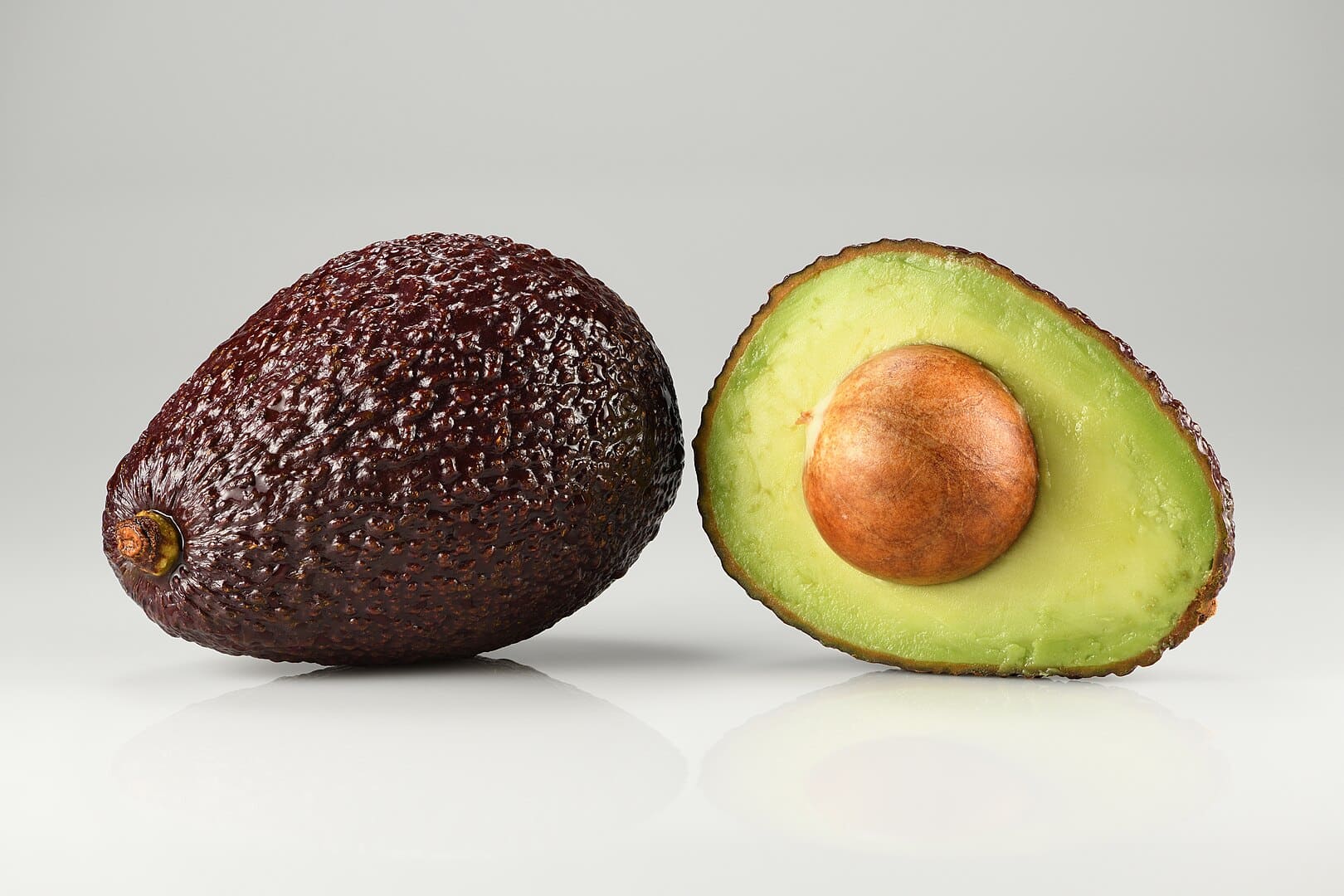

Researchers have uncovered remarkable evidence in the highlands of western Honduras showing that humans began domesticating avocado more than 11,000 years ago.
At a site known as El Gigante Rockshelter, archaeologists discovered well-preserved avocado remains, providing one of the clearest records of early human influence on this now-global crop.
The findings suggest that ancient communities gradually selected avocado traits—such as larger seeds and thicker skins—shaping the fruit long before the rise of staple crops like maize, beans, or squash.
By studying thousands of avocado seeds and rinds recovered from the site, researchers have documented a timeline of cultivation that predates many other known farming practices in the region.
El Gigante’s unusually dry rock overhang created the rare conditions needed to preserve plant remains in a tropical climate, where organic materials typically decay quickly.
The site’s collection spans millennia, capturing a transition from foraging to early farming that sheds light on how humans domesticated the avocado and tailored it to their needs.
Dr. Heather B. Thakar, an assistant professor of anthropology at Texas A&M University, led the research, published in the Proceedings of the National Academy of Sciences.
Her team used hundreds of radiocarbon dates—many taken directly from avocado pits and rinds—to build a detailed history of fruit selection and human settlement at the site.
“Through traditional forest management practices, people were selecting bigger and thicker-skinned avocados,” Thakar said.
By 7,500 years ago, early farmers had refined the avocado into a more productive crop. And by 2,000 years ago, domesticated varieties had fully emerged in the region. These advances occurred at a time when early societies were shaping landscapes and food systems that would influence generations to come.
The avocado’s original role in the ecosystem, however, was very different. The fruit first evolved to attract large animals—like giant sloths and mammoths—that once roamed the Americas. After these animals disappeared at the end of the last Ice Age, humans took on a new role in spreading and sustaining avocado trees.
El Gigante has also offered insights into the domestication of other important crops, including squash and maize. Thakar is currently preparing a separate study on maize, tracking 4,500 years of its transformation.
Recognized as one of Central America’s most significant archaeological discoveries in decades, El Gigante is now under consideration for UNESCO World Heritage status. Thakar and her team continue to support the nomination through research and documentation.
Despite its remote location—which requires a steep climb to access—El Gigante has seen some modern disturbances. Still, archaeologists have successfully preserved its deepest layers, ensuring that its historical record remains intact.
For Thakar, the site offers more than just ancient seeds. “We have the opportunity to learn so much about the many ways that humans have dealt with change in the past,” she said. “When there are no written records, archaeology steps in, contributing to the cumulative knowledge about the past that can be deployed to inform modern crises.”
